With the popularity of the prime time animated series The Flintstones garnering both praise and a great amount of revenue for Hanna-Barbera Productions that they would try and capture lightning in a bottle a second time should be a surprise to no one, but where The Flintstones lived in a fanciful version of the stone age, where men and dinosaurs co-existed, The Jetsons would take place in the far of future of 2062.
Speculative science fiction is about as old as the genre itself, with such epic films as H.G. Wells’ Things to Come giving the world a glimpse at a possible future, but one of the most popular of these was the Hanna-Barbera cartoon The Jetsons, which could best be described as Father Knows Best in Space, and followed the wacky adventures of George Jetson (George O'Hanlon) his wife Jane (Penny Singleton), daughter Judy (Janet Waldo) and his boy Elroy (Daws Butler) and how this family dealt with the everyday problems of living in the 21st century. Of course, to make things a little more interesting the family has a robot maid named Rosie (Jean Vander Pyl), who handles chores not otherwise managed by the press of a button on one of their numerous automated devices, and Astro (Don Messick) the family dog.
Note: Astro talks with an initial consonant mutation in which every word begins with an "R" an attribute that would later be used for Scooby-Doo.
The basic premise of the show was that no matter how far society advances humanity will always have something to complain about, case in point George Jetson, who complains about his three day work week and how having to push four buttons during his three-hour shift makes him consider his boss Cosmo S. Spacely (Mel Blanc ) to be a slave driver, meanwhile at home, his wife Jane seemed to be put out by doing such chores as laundry and washing the dishes despite this requiring nothing more than the pushing of a single button. In fact, in the very first scene of the very first episode we find Jane watching an exercise program where the only thing she has to exercise is her finger because, apparently, in a push-button society that’s the only body part that needs to be strong and in shape. Now, as this show was made in the early 60s don’t look for much in the way of progressive humour because aside from the many “My job sucks” jokes from George Jetson we also get a lot of stuff making fun of women driver jokes, their penchant for spending too much time and money shopping, basically, the female gender stereotype stuff you found in most of the shows of the time.
In this world, it’s a woman’s job to press the dinner button.
It should be noted that The Jetsons was one of the last shows to portray a future that was funny, optimistic, and progressive because once 1973's oil crisis hit and the subsequent fight for the environment that followed, depictions of the future became much more dystopian and nihilistic. What this show didn’t quite explain was why people were living miles and miles above the Earth’s surface and though the idea of space colonization is established we don’t see more than a few billboards in space and the occasional Space Cub Troop field trip to the Moon. The city’s themselves were rendered in the Googie style – a type of futurist architecture influenced by car culture – and designed by the great Iwao Takamoto who was also the production designer on Scooby-Doo, Where Are You? and his brilliant work here should not be underestimated.
This is my kind of future, no need for cyberpunk cities for me.
Stray Observations:
• Aside from Mr. Spacely’s secretary it looks like George is the only employee of Spacely Space Sprockets, so I’d say the reason he keeps George around is simply so he has someone he can yell “You’re fired!” at.
• Spacely Space Sprockets has a steno-pool of “female” robots who are allowed coffee breaks but why would robots need breaks or coffee at all? I guess if you refused them breaks you could end up with a robot uprising.
• With all the people-moving slideways and automated everything one must assume technology somehow found an answer to the obesity problem.
• The problem with concussions in football has been solved; the teams now consist of remote-controlled robots.
• In the episode “The Flying Suit” the ability for a person to fly around without a spacecraft is considered revolutionary but in the very next episode “Rosey’s Boyfriend” we see Judy flying around with what appears to be a standard-issue anti-gravity belt.
• If there is one negative thing to be said about Hanna-Barbera’s vision of the future it’s that the society as presented does look a little too Caucasian, in fact, we wouldn’t get a person of colour into outer space until 1972 with the series Josie and the Pussycats in Outer Space.
George was ever pulled over for flying while black.
The stories that make up the twenty-four episodes of The Jetsons consisted mostly of 1950s sitcom plots only in a futuristic setting and were more adult-oriented than what would be found in the later 1980s Saturday morning cartoon version of the show, unfortunately, even though this series was the first program broadcast in colour on ABC at the time only a handful of the network’s stations were capable of broadcasting in colour and thus most people only saw this show in black and white, a definite setback considering how the colourful futuristic world of The Jetsons was a key selling point, and then to add insult to injury it was aired opposite Walt Disney's Wonderful World of Color and Dennis the Menace and thus the ratings suffered for it and resulted in its cancellation after just one season. Not that this stopped the show from becoming one of the more beloved cartoons and finding many more fans throughout the following generations.
Overall, with this series, Hanna-Barbera delivered an animated prime time show that had wit and charm enough for audiences of all ages, and say what you will about the zany goofiness of The Jetsons but one cannot deny that the series predicted several devices that would eventually come to pass, such as a flat-screen television, newspaper on a computer-like screen, a computer virus, video chat, a tanning bed and a home treadmill, all of which are now common in the world we live in now, but this all leaves me with one final question “Where’s my flying car?”
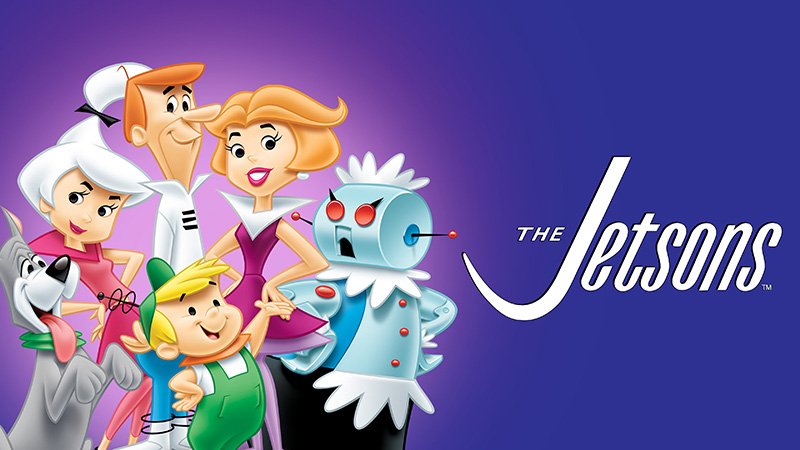
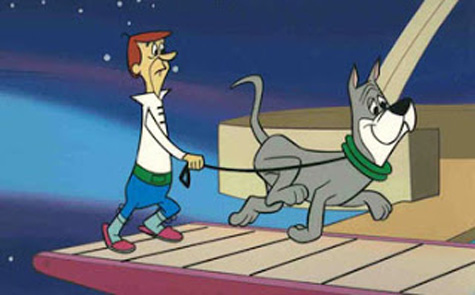
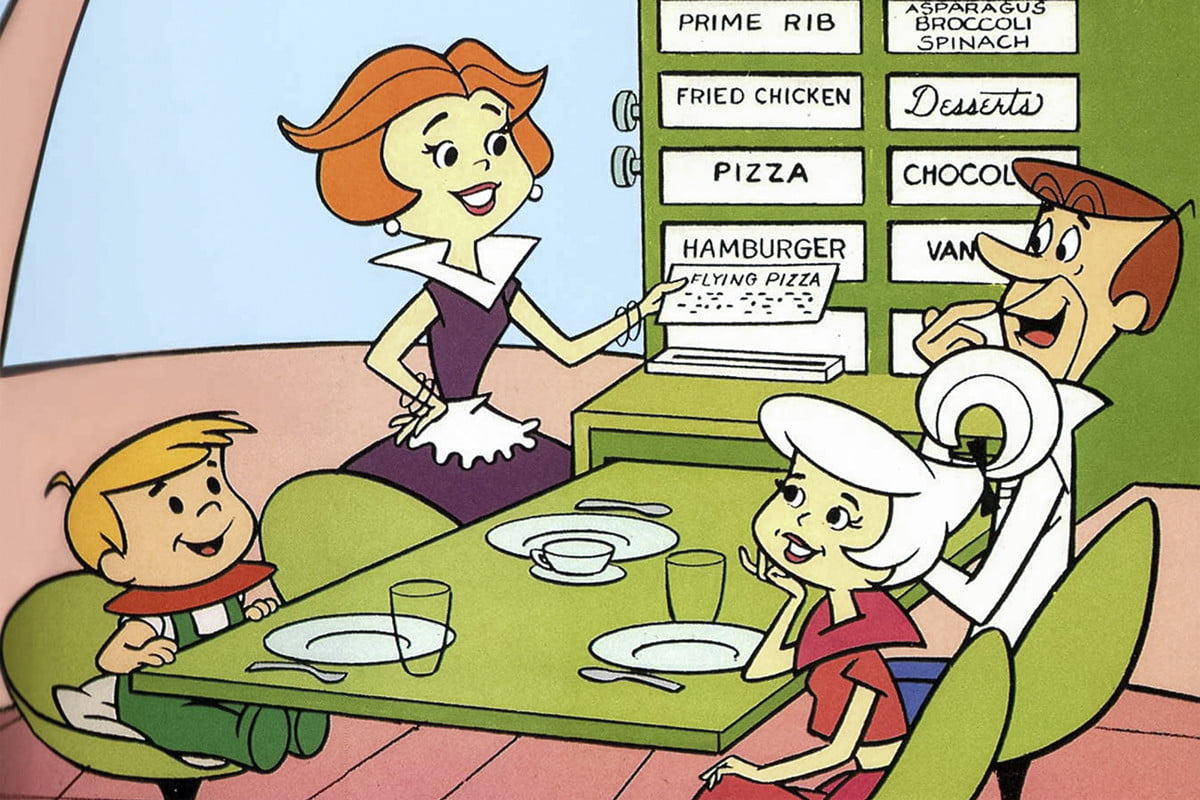
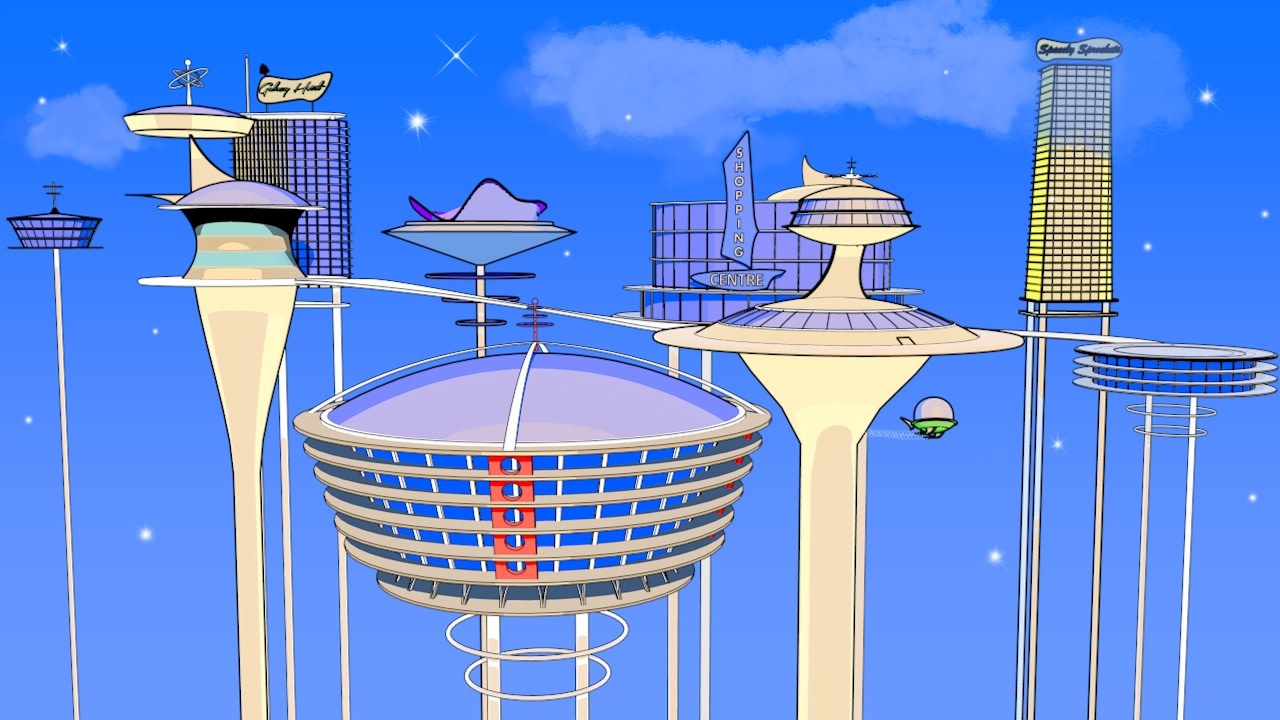
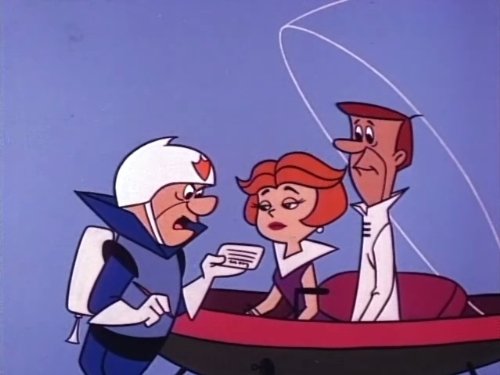
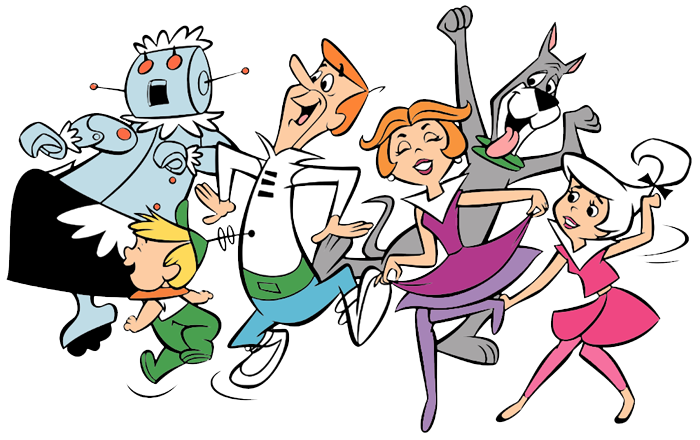

No comments:
Post a Comment